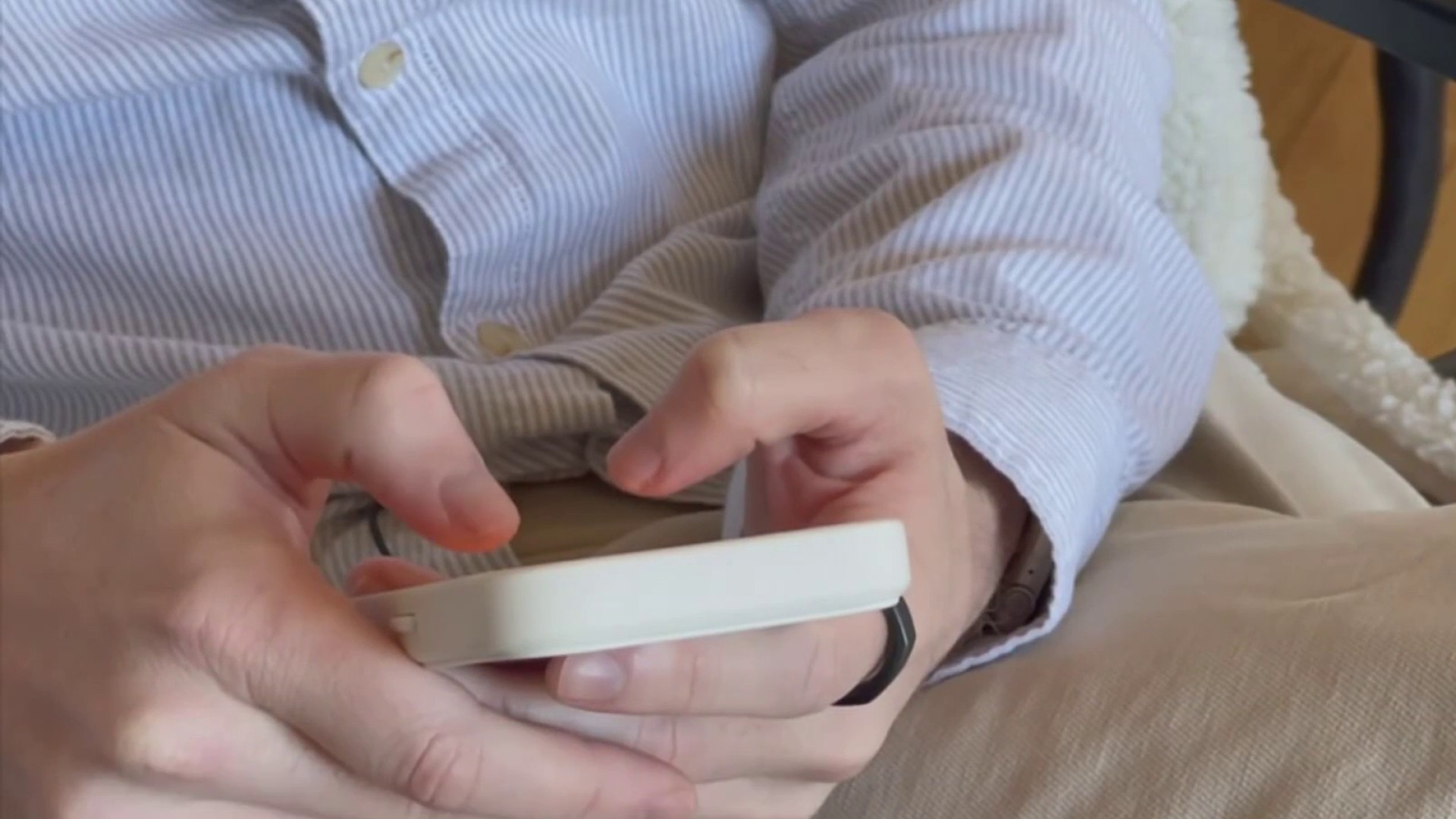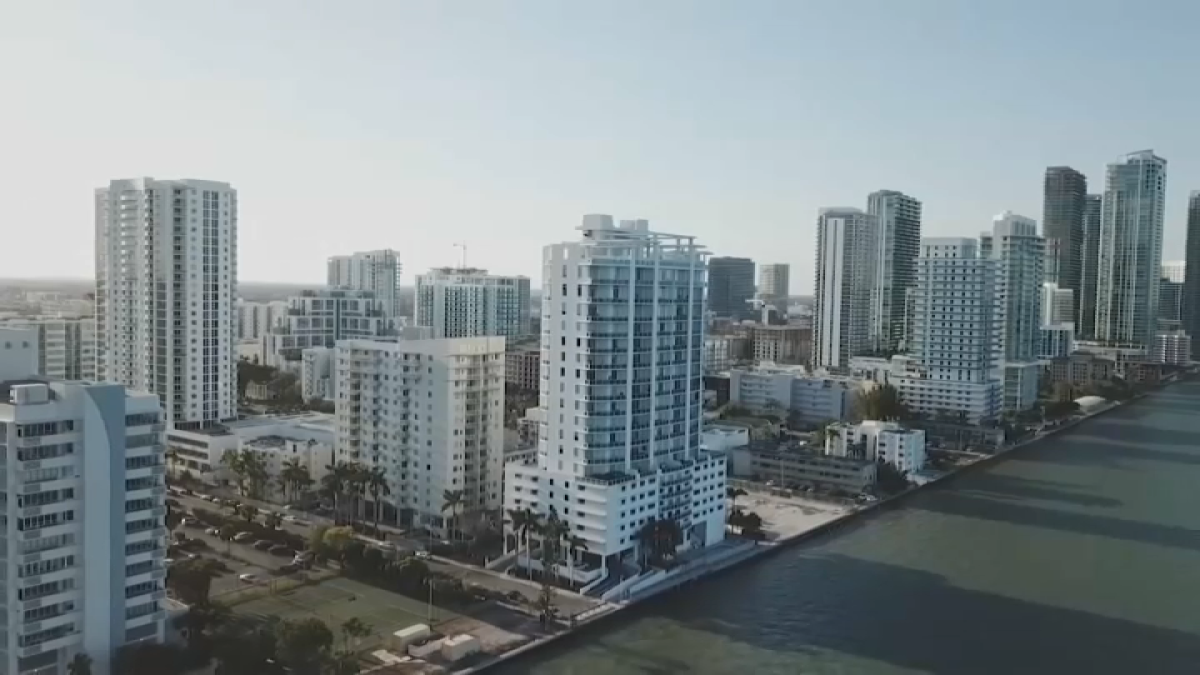For Ignacio Blanco, a visit to the Caballero Rivero Woodlawn West Cemetery usually brings him peace.
“I come a couple of times a year with my dad to pay my respects,” Blanco told NBC6.
Watch NBC6 free wherever you are
But the last time he visited, he said something spooked him and it was very much alive.
“There was an alligator that was on top of that little thing that was in the middle of the pond that they took out,” Blanco said.
Get local news you need to know to start your day with NBC 6's News Headlines newsletter.
Ignacio took pictures of the alligator basking in the sun in the middle of the pond located inside the cemetery.
“I know we’re in Florida, we have to take care of that but, you know, we have the notion that there are alligators, snakes and all of that but there is at least one for sure here,” Blanco said.
Although there are warning signs next to the water, Ignacio felt that he had to do something.
Responds
Responding to every consumer complaint
“So I went to the office, and I let them know. I sent an email, I sent the pictures, they were really nice,” Blanco said.
Management told NBC6 that they called the Florida Fish and Wildlife Commission, known as the FWC, who oversees the removal of any alligator deemed a nuisance.
“Alligators are native to Florida so anywhere that you have freshwater, you have a high likelihood of encountering an alligator so whether that’s a lake, a canal, a pond, a river,” said George Reynaud, an officer with the Florida Fish and Wildlife Commission. “And the most important thing is to learn how to coexist with an alligator. So just because I see an alligator doesn’t mean that it poses a threat, or it has to be removed.”
Much of the agency's job is to get that message out, but they say that sometimes, an alligator can pose a risk if it has lost its natural fear of humans because it was fed illegally.
“In that case, the best thing to do is call FWC, Florida Fish and Wildlife, or we have a program called SNAP which stands for Statewide Nuisance Alligator Program, and that program is designed and dedicated to remove alligators that have become a nuisance or have lost that fear of a person and they get removed permanently from that area,” Reynaud said.
In those cases, you can call 866-392-4286 and they will send a team to permanently remove the nuisance alligator.
It was one of those teams that removed the alligator that attacked an 85-year-old woman in Saint Lucie County earlier this year. The woman was walking her dog near a community lake when the alligator attacked her pet and when she tried to save it, she ended up losing her life.
“Alligator bites are not common and they’re easily preventable,” Reynaud said. “If we learn how to coexist with the alligators, if we don’t feed the alligators, don’t entice them in any way that they lose their natural weariness and are attracted to people or they begin to associate people with food.”
According to the FWC, between 1948 and 2021, only 26 of 442 unprovoked bites in the state have resulted in human deaths, including that of a 2-year-old boy who was playing next to a lake at Disney in 2016.
“My son was the same age,” Blanco said. “Those are things no parent, nobody wants to happen.”
The FWC says that most bites can be prevented by staying away from places where alligators may be living.
“If you are walking your pet make sure it’s on a leash and that you don’t bring it near the shoreline or let your pet swim in the water because they do resemble the natural prey of an alligator and that’s going to attract the alligator to the pet,” Reynaud said.
In the case of the cemetery, the FWC determined the alligator was not large enough or presented a risk to the community, so it was not removed.
Ignacio said that all he wants is for people to be alert.
“I would like for them to be aware that there is at least one alligator here,” Blanco said.
For an alligator to be deemed a nuisance it usually has to be at least 4 feet long. The one in St. Lucie County was about 11 feet long.



